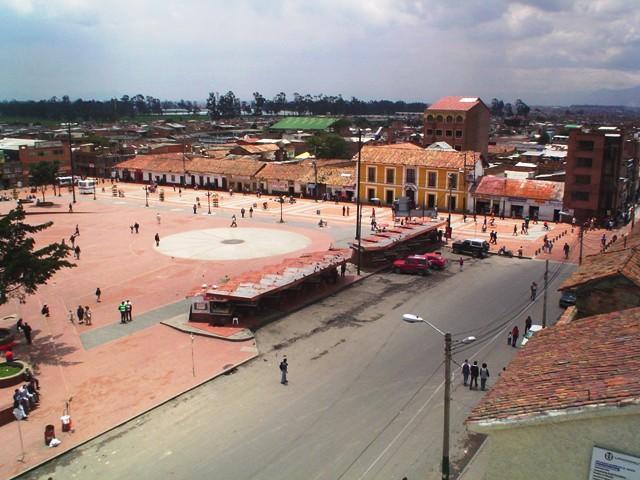Soacha, Cundinamarca, Colombia
Suggest Place to Visit
372
Track to location with GPS |
 |
According to Chibcha linguistic roots, the name Soacha is divided into two parts: SUA, which means sun and CHA, which means male, which is why it is THE CITY OF THE MALE GOD. The time of the Chibchas was the principality of the Zipas, it was a community that practiced farming, mining, goldsmithing, hunting and fishing were secondary.
In the sector that today occupies the path of Panama, molds have been found for the work of gold and jewels of this material. They practiced a writing system called today pictography that consisted of capturing types of lines or figures on a rocky surface prepared for this purpose with paints of plant origin that dyed different ranges of colors including red, ocher and black. These paintings are scattered throughout all municipal sectors such as Canoas, El Charquito, Alto de la Cruz, Panama, Aguazuque, El Vínculo, Terreros, Fusungá, Alto del Cabra, Romeral; which shows that it was a large community or they were dispersed by clans to found other sectors. The meaning of these hieroglyphs is not known today but it can be thought that they were used to make annotations about their trade, capture stories of interest about some sectors, provide an offering or homage to a mythological god, communication guides and information between families migratory. In the Aguazuque sector, Viceroy Francisco Gil y Lemus in 1789 discovered what would be the remains of a huge animal from the Jurassic era, thus calling this sector as the Valley of the Giants. In the area of the Tequendama hacienda, the remains of a primitive man dating back more than twelve thousand years were found, which makes it the oldest in America. The town was founded in 1600 by order of the Oidor Visitor Luis Enrique, the first map that is known dates from 1627 in which the town with its church appears, to the right of the road to Tequendama in the north angle formed by this and the Soacha ravine, in its surroundings there were several Spanish estancias that were areas of land ceded to indigenous people to cultivate and pay tribute to their feudal owner.
This feudal system began with the expropriation of lands from the aborigines by the crown to be handed over to the encomenderos, in our case to Don Pedro de Colmenares in 1558, later at the end of the 18th century the crown assigned them to the Umaña family on land that included from the current municipality of Granada to the sector of terreros and then the Urdaneta family acquired the canoes farm that included from the municipality of San Antonio de Tena to the northern sector of the municipal limit.
The Spanish conquest caused a great demographic catastrophe in the indigenous population, due to the annihilation, introduction of new diseases, mistreatment and separation of families. On the other hand, there was land appropriation in latifundia for whites and reservations for the indigenous people, new crops and techniques were introduced as well as livestock.
The year 1,600 is usually indicated as the date of foundation of the municipality, in this year by order of the visitor Luis Enríquez, the municipality was established. For more than three centuries, most of the indigenous, mestizo, and mulatto population were subdued by the Spanish. In America, colonies led from the old continent were established through Spanish representatives called initially Oidores and later Virreyes, during the colony there were clashes between the interests of the Spanish colony and the encomenderos resident in the new kingdom, on the part of the tributes that corresponded to each one. With the indigenous, mestizos, mulattos and criollos, there were also differences due to high taxes and the monopoly of trade. As a consequence of this, there were a series of modifications made by sectors that were in power, until a general revolution was generated due to the discontent of the population, and independence was created.
Soacha was a temporary dwelling place and small homeland of illustrious characters in history, among them, we have Don Francisco de Paula Santander who married Sixta Pontón in 1836, Simón Bolívar, Pablo Morillo, Eugenio Díaz Castro, Manuel Vicente Umaña, José Celestino Mutis, Alejandro Humbolt, Amadeo Bonpland, Francisco José de Caldas, Francisco Antonio Zea, Jorge Tadeo Lozano, General Ignacio Sánchez, the hero José Jesús Cancino, the illustrious lawyer Juan Francisco Franco Quijano among others.
Soacha is a municipality of Cundinamarca (Colombia), located in the province of Soacha, of which the Municipality of Sibaté is also part. It is the most populated municipality in the department with more than 393,009 inhabitants and its area is conurb with that of Bogotá.
Name: Soachuno
Other names that the municipality has received:
The name of Soacha dates back to pre-Columbian times of the Guacha people (in the Chibcha language) of the Chibcha Empire, legend has it that Sua means Sun and Chá means Man, that is why Soacha is recognized as the City of the Man of the Sun.
Soacha is currently one of the Colombian municipalities with the greatest physical, spatial and environmental disorder. The hydrographic basin to which this municipality belongs (upper basin of the Bogotá river and sub-basin of the Soacha river), has been subjected to a serious and progressive environmental deterioration that makes it necessary and urgent to reconsider the current management that is being given.
The hydrographic basin is of great importance since it transcends municipal limits and powers and includes the municipalities of Sibaté, Pasca, Bojacá, Granada, San Antonio de Tequendama and the eastern zone or strip that adjoins the Sumapaz moor and the cloud forest included in the Chicaque park.
Soacha is the municipality with the largest population in the basin, representing 26.8% of the regional total, followed by Zipaquirá with 10.3% and Facatativa with 9.6%. Soacha and Zipaquirá have the significantly higher number of inhabitants within the Sabanero municipalities as a whole, which shows their importance and weight within the urbanization processes of the territory.
Of the five most urbanized municipalities in the basin, only Soacha and Madrid are in the first group of municipalities near Bogotá.
The three municipalities with the largest territorial extension dedicated to urban use are in their order Soacha with 19 square kilometers, Zipaquirá with 15 square kilometers and Facatativá with 10 square kilometers.
The climate has an average temperature of 11.5ºC (maximum temperature 23ºC and minimum temperature of 8ºC). An average annual rainfall of 698 mm. With a distribution of rains in two defined periods, April-June and October-December. There is a time with high risk of frost in late December and early January.
A large part of the rural sector is represented by reserve areas (Sumapaz páramo, canoe sector-the jump, source of the Soacha river) in which its protection and recovery is necessary since there are numerous sources and streams there, being this hydric zone of vital importance for the Municipality of Soacha and neighboring municipalities.
There are diverse ecosystems and most of them are intervened by the hand of man.
Altitudes range from 2,400 m.a.s.l. up to about 3,900 located in the Tequendama, sabana and páramo areas.
Limits of the municipality:
The territory of Soacha limits:
- To the North with the municipalities of Bojacá and Mosquera.
- To the South with the municipalities of Sibaté, Pasca.
- To the East with Bogotá Capital District.
- To the West with the municipalities of Granada and San Antonio del Tequendama.
Total extension: 184.45 Km2 Km2
Urban area extension: 19 Km2 Km2
Rural area extension: 165.45 Km2 Km2
Altitude of the municipal seat (meters above sea level): 2,256 meters
Average temperature: Average temperature of 11.5ºC (maximum temperature 23ºC and minimum of 8ºC). º C
Reference distance: 1 km from Bogotá.
WEATHER
The area of the municipality has a climate classified by Holdridge as low montane dry forest (bs-MB) in its north central and eastern part (approximately 74% of the area); towards the south east and west the climatic conditions change becoming more humid until reaching the denominations of humid montane forest (bh-M) humid montane low forest (bh-MB) and very humid montane forest (bmh-M). These conditions translate into a biotemperature between 12 and 18 degrees and average annual rainfall between 500 and 1000 mm for the first type (bs-MB); the second (bh-m) that occurs in the middle basin of the Soacha river has as its main characteristics, total annual rainfall of 500 to 1000 mm accompanied by a biotemperature between 6 and 12 degrees; the third climatic type (bh-MB) is characterized by presenting a biotemperature between 12 and 18 ° C and total annual rainfall between 1000 and 2000 mm. and corresponds to the border area between the municipality of Soacha and the municipality of Sibaté (most of the municipality of Sibaté presents this type of climate) the fourth and last climate type (bmh-M) is defined as a climate with rainfall between 100 and 2000 mm. and temperatures between 6 and 12 ° C and comprises the sub-paramo area where the upper basin of the Soacha River is located.
The population affects the economic dimension and vice versa in the precarious labor supply in the Municipality for the population, this supported by the 2003 census that reports an unemployment rate of 15.6 but which may be higher if underemployment is taken into account. In the SISBEN survey, the number of people who declare themselves unemployed is 25%, according to a large extent due to the productive structure of the municipality in terms of the transition from the productive vocation of the municipality to industrial from the 1950s to the 1980s, to that of Services in the 90s In the commercial sector it is denoted within the establishments and in the perception of the owners and / or administrators that 75.39% are considered as micro-entrepreneurs, 5.55% as small business, 6.63 as medium business, 8.73 as large business and 3.96 not located. This perception is closely linked to the fact that 46% do not have an administrative structure and 19.84 do not relate financial statements. In terms of population, of the 1003 employees reported by these establishments, 509 are residents of the municipality, that is, 50.74%. Only 42% of commercial establishments require qualified personnel in the area at the end.
In the services sector, two sub-sectors are characterized: specialized services: such as financial, health, passenger and cargo transportation, maintenance of computer and automotive equipment, in which, with the exception of automotive maintenance services, 72% of the workforce is non-residents in the municipality and corresponds to equally non-resident owners.
Common services such as: restaurants, beauty parlors, telephone and Internet sales and rental services, video game rental, etc. In 93% they are local labor and managed by owners residing in the municipality.
of the economic vocation.
Communication channels
Terrestrial:
In the Municipality of Soacha we find 4 types of roads: National, Regional, Local and Veredal.
Places to visit:
The rocky shelters of Tequendama, a place of great natural and archaeological wealth, located in the Hacienda Tequendama of the municipality of Soacha.
Comments
We don´t have yet any comments about:
Soacha
Soacha
Be the first to leave a comment as it is very important to inform other people
Outros locais a visitar
Within a radius of 20 km from:Soacha
Parque Maloka |
| 14,4 Km |
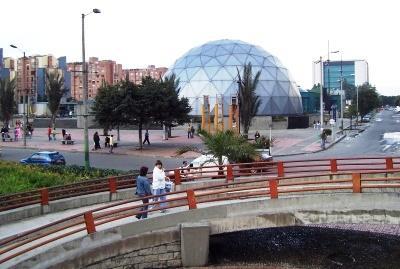 |
Zoológico de Santa Cruz |
| 14,8 Km |
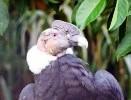 |
Bogotá Distrito Capital (d.c.) |
| 14,9 Km |
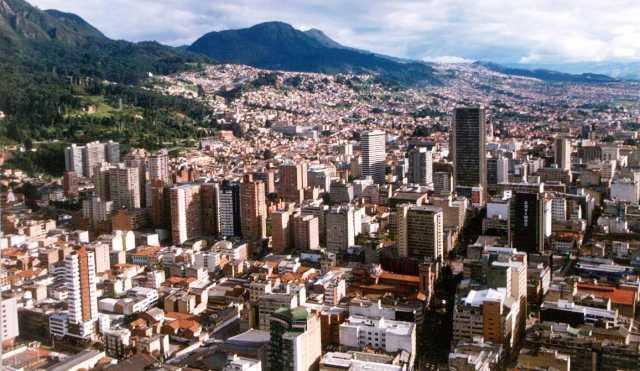 |
Museo de Bogotá |
| 15,9 Km |
 |
Gold Museum |
| 16,2 Km |
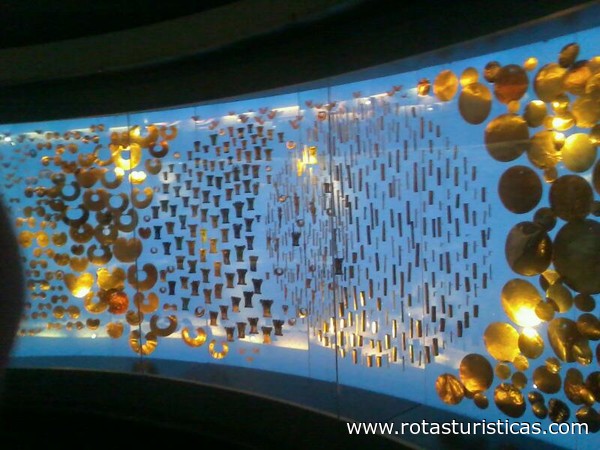 |
Museo del Oro |
| 16,2 Km |
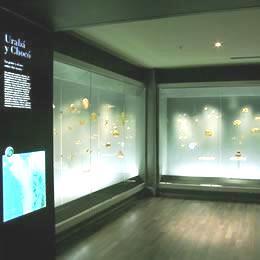 |
Planetario de Bogotá |
| 16,7 Km |
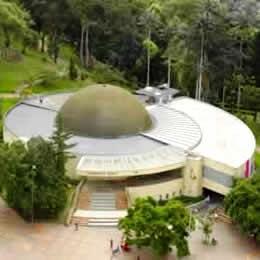 |
National Museum of Colombia |
| 16,8 Km |
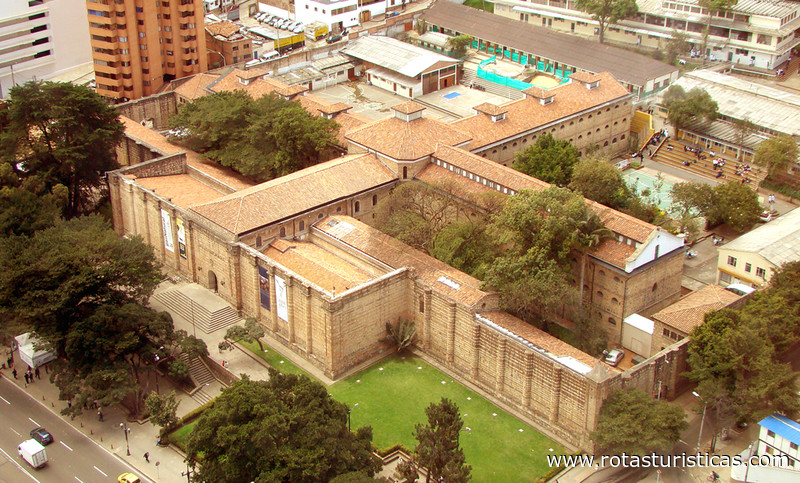 |
Casa museo Simon Bolivar |
| 17,2 Km |
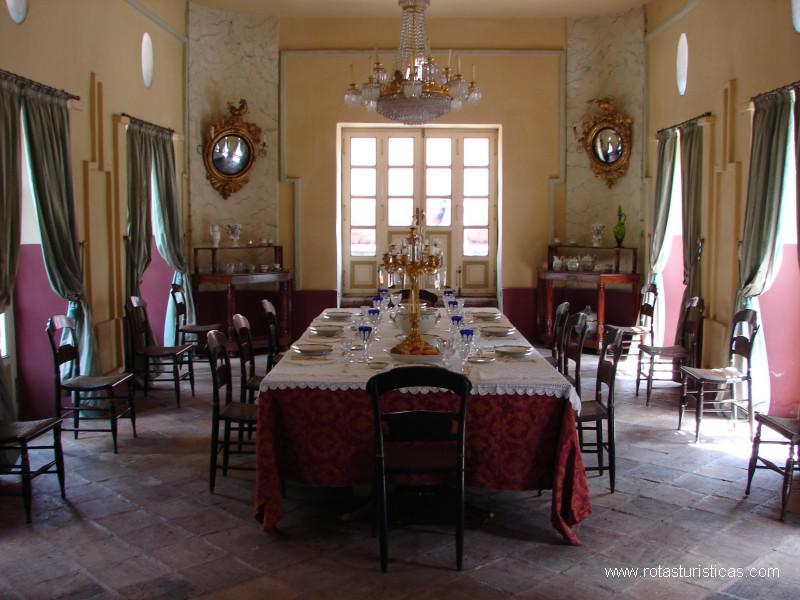 |
Santuario de Montserrat |
| 18,0 Km |
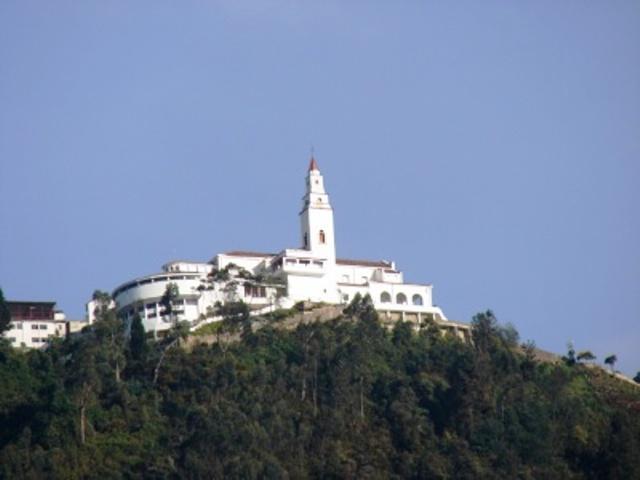 |
Hotel reservation near Soacha within a radius of 20 km
Why to book with RUTAS TURISTICAS
The best prices
Our partnerships with the world´s largest operators offer research on the best market prices.
More options
At Rotas Turisticos you can book the hotel, buy the air ticket, book the transfer from the airport to the hotel and vice versa, book the local excursions, rent the car, take travel insurance and consult the places to visit and where to go.
Holiday Tips & Destinations
Hundreds of holiday destinations with all the options that allow you to easily choose the destination that best suits your dream vacation.
RUTAS TURISTICAS
Links


